Using a care pathway approach, the Institute has improved care and reduced costs
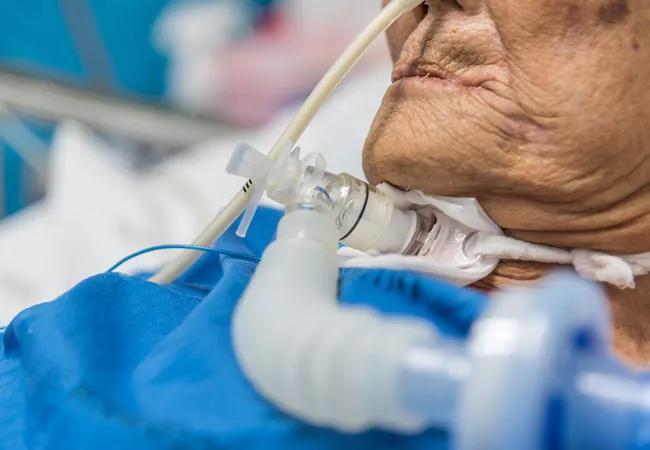
In order to improve care and reduce organizational costs, the Head & Neck Institute at Cleveland Clinic implemented a care pathway approach. Brandon Hopkins, MD, the Quality Improvement Officer and Surgical Director Pediatric Center for Airway Voice and Swallowing at Cleveland Clinic, described the efforts involved with this process in a presentation at this year’s American Academy of Otolaryngology-Head and Neck Surgery Annual Meeting 2020.
Cleveland Clinic is a non-profit academic medical center. Advertising on our site helps support our mission. We do not endorse non-Cleveland Clinic products or services. Policy
Following a devastating tracheostomy complication in 2017, physicians at Cleveland Clinic’s Head & Neck Institute did some serious introspection to determine how to improve processes and deliberate care for tracheostomies. Performing over 650 tracheostomies per year, Dr. Hopkins and his team realized that high severity complications had been identified, but many complications were not apparent because they had never been registered as safety events. This led to a combination of clear knowledge gaps in care with no standardized care.
“Our rationale for this care pathway was to consider our organizational costs,” says Dr. Hopkins. “I think that’s how we analyze a lot of things in a big system. We measure those costs by considering harm to patients, readmissions, readmitting to higher levels of care, length of stay, decannulation rates, potentially compensation, Medicare, Medicaid and reimbursements related to quality.”
In order to institute this change at a local level, Dr. Hopkins formed four separate work groups. They identified the key stakeholders across the institution department. “Identifying and getting buy-in from these stakeholders was our primary effort towards changing the culture. Everybody was in their own silos, and we approached breaking down those barriers to try put them all within these working groups.”
These groups included caregivers from order sets, postop care, emergency planning, and the rounding team. The groups met in person two to three times over four months. Each group developed a unified plan and an agreed-upon strategy of how to move forward.
“The postop care work group identified a unified workflow for tracheostomy care, highlighting where joint responsibility and individual responsibility reside, for suture management, suctioning, tracheostomy changes, speaking valves, tracheostomy teaching,” says Dr. Hopkins. The order set working group focused on developing one order that be used consistently. “We wanted one order panel for anybody who came to Cleveland Clinic, whether it’s a new tracheostomy, an established tracheostomy, adult tracheostomy and pediatric tracheostomy. We wanted the caregiver to be able to easily find anything they needed to know for tracheostomy care,” says Dr. Hopkins.
The emergency working group developed many strategies centered around on patient safety. One strategy included signage that automatically prints from a nursing order once the patient gets to the floor. The signage includes diagrams of the airway, the type of airway and how to intubate them. “The goal being that nothing will be written or drawn on a piece of paper,” explains Dr. Hopkins. “It will all be automatically drawn into their chart and put into their bedside signage.”
Along with an interventional pulmonologist, cardiothoracic surgeon and resident laryngologist, Dr. Hopkins formed a tracheostomy rounding group. This team includes our Respiratory Therapists (RTs), Advanced Practice Providers (APPs), and Speech team members who partner with floor level providers, nurses, our patients and their families. These providers help finalize and organize all the disparate operating procedures to streamline care. The team also provides education to both patients and providers on the floor and is constantly refining portions of the order set. The newest version of this rounding team will be championed by pulmonologist Colin Gillespie, MD, along with the RT and APP team members.
Dr. Hopkins notes that, while the changes have been successful, one of the biggest initial challenges was making the argument that these changes are necessary and cost beneficial to the institution. All of the providers are in different institutes that paid for different downstream effects, explains Dr. Hopkins.
To make this argument, Dr. Hopkins and his team identified three different supporting points: the direct costs of a rounding team, the funding offsets and the indirect cost and the benefits to a healthcare system. Dr. Hopkins argues that while there are direct costs for operating a rounding team, there are several funding offsets. These include the tracheostomy consults and the rounding notes, which can be billed, operative billing, tracheostomy changes, flexible tracheoscopy, speech consults for speaking valves and swallowing and direct consults to ENTs, thoracic and IP, and follow-up clinic billing.
While not as easily measurable, there are also a number of indirect costs. “I think tracheostomy is very relevant for the US News and World Report in terms of mortality and survival score by hospital and rankings, along with length of stay and readmissions,” says Dr. Hopkins.
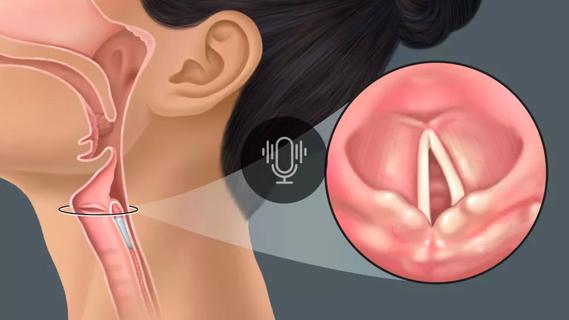
Injections and surgical procedures are among the therapies for patients with early and late vocal cord paralysis

See you in Nashville, September 30 – October 4, 2023

Please join our staff as we participate in the following sessions at the Combined Otolaryngology Spring Meetings, May 3-7, 2023

Click through to learn more about our program
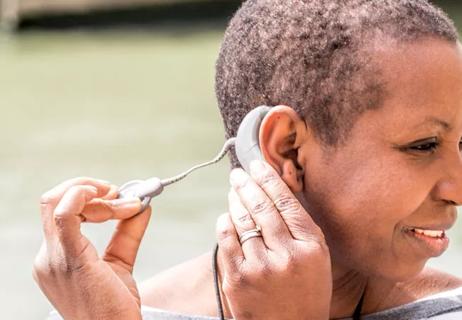
Implants can make a difference sooner than you think
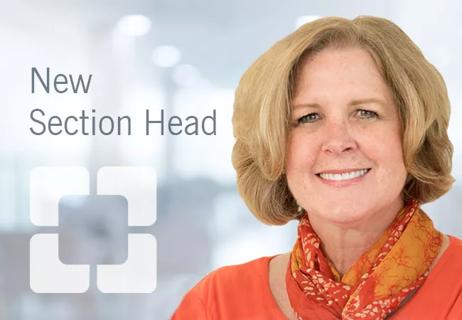
New section head shares insight on the hearing health community
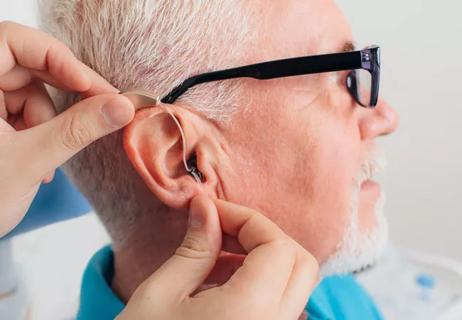
There is much more to hearing than hearing aids

Novel exhalation delivery system with fluticasone improves outcomes for patients suffering from chronic rhinosinusitis with nasal polyps